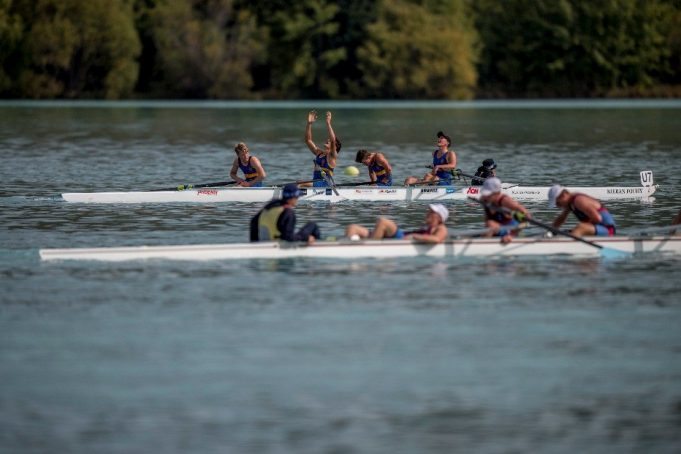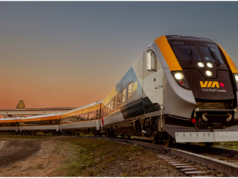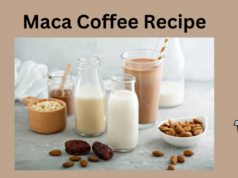Although it looks like an upper body workout, rowing actually offers a total body workout that involves all major muscle groups. In fact, similar to kayaking, much of the power for each stroke comes from the legs. It is a low-impact aerobic workout that is the perfect complement for athletes looking to cross-train. Rowers are some of the most physically fit athletes, requiring the use of strength, balance, and endurance.
Rowing Race Watching
Prior to trying a sport, many want to watch how it works first. Look for crew members who are synchronized. They have a continuous fluid motion, all following the directions of the coxswain, the person who steers the boat and serves as the on-the-water coach. The crew members all keep the pace of the rower closest to the stern, called the stroke, who is usually the strongest rower. The boats should have consistent speed and oars should enter and exit the water without splashing.
Sweeping and Sculling
There are two basic types of rowing. In sweep rowing, athletes use one oar held with both hands. In sculling, athletes use two oars, one in each hand. Sweep oars are longer than sculling oars. They may have carbon fiber handles and rubber grips or wooden grips. Sculling oars are almost never made of wood.
Shells for Rowing
The boats are called shells and there are six configurations with each description referring to the number of rowers on board. Sweep rowers come in pairs, fours and eights. Scullers come in singles, doubles and quads. All eights have coxswains, but other boats may or may not carry them.
Today’s shells are made of lightweight carbon fiber or fiberglass composite material. The single scull, the smallest boat, measures 27 feet in length, about 10 inches wide and weigh 23 pounds. The largest boats, the eights, are 60 feet in length, and weigh about 200 pounds.
Other Rowing Terms
Button: A wide collar on the oar that keeps it from slipping through the oarlock.
Ergometer: Sometimes called an erg, it is a rowing machine, consisting of a flywheel and digital readout of strokes per minute and distance covered, that approximates the actual rowing motions made on the shell.
Footstretcher: Two inclined footrests where the rower’s feet go. The shoes are bolted into the footrests.
Power 10: A call by the coxswain for rowers to do ten of their most powerful strokes in an attempt to pull ahead of a competitor.
It is easy to get involved with this team sport. US Rowing is a membership organization that serves rowers of every age and ability from the beginner to the experienced rower to the national team. Local clubs, like the Indian River Rowing Club, often serve dual purposes, sponsoring high school teams and introducing the sport to community members looking to try something new.



















